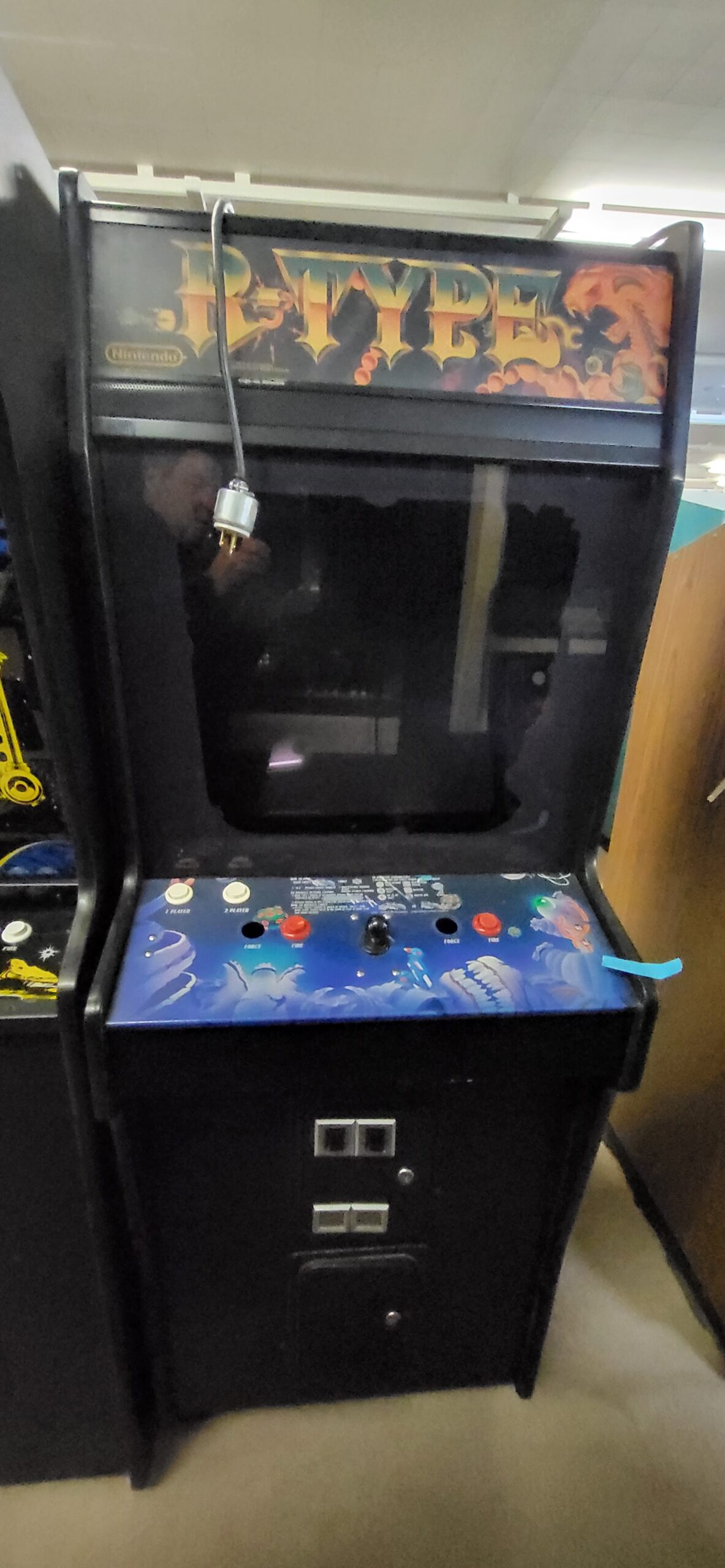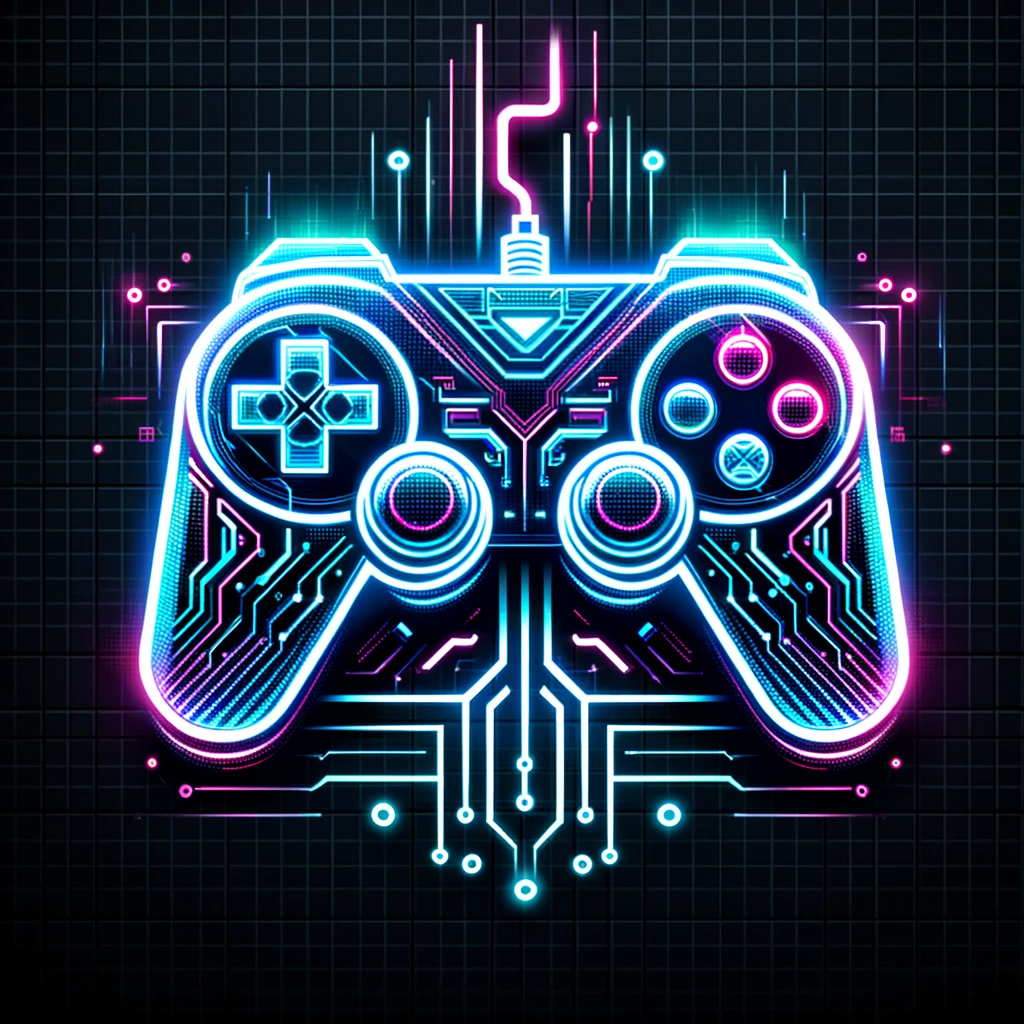
R-Type
Arcade / Irem 1987
R-Type is a classic side-scrolling shoot ’em up arcade game developed and published by Irem in 1987. Known for its challenging gameplay, innovative power-up system, and detailed sprite work, R-Type quickly became a beloved title in the shoot ’em up genre.
Developed by Irem Corporation, R-Type was conceptualized as a spiritual successor to their earlier shoot ’em up game, X Multiply. The game’s development was led by Kazuma Kujo, who aimed to create a visually striking and challenging experience for players. R-Type’s iconic force pod mechanic, where players could attach a pod to their ship to enhance firepower, became a hallmark feature of the series.
Upon its release, R-Type received critical acclaim for its challenging gameplay, detailed graphics, and atmospheric soundtrack. The game’s difficulty curve, coupled with its innovative mechanics, earned it a dedicated fanbase and cemented its status as a classic in the shoot ’em up genre.
R-Type has seen numerous ports and sequels across various gaming platforms. It spawned several sequels, including R-Type II and R-Type III: The Third Lightning, as well as spin-offs like R-Type Tactics and R-Type Final. Additionally, the game has been ported to home consoles and computers, ensuring its legacy reaches new generations of gamers.
Original arcade cabinets of R-Type are considered relatively rare due to their age and limited production numbers. While exact production figures vary, estimates suggest that several thousand units were manufactured. As a result, well-maintained cabinets can fetch significant value among collectors, with prices often ranging from several hundred to several thousand dollars, depending on condition and rarity.
R-Type runs on Irem’s M72 arcade hardware, featuring a 10 MHz Motorola 68000 CPU and a Zilog Z80 CPU. The hardware includes custom Irem chips for audio and graphics processing. For repairs, enthusiasts may need to source various components, including replacement capacitors, ROM chips, and custom Irem ICs. Common issues may involve monitor adjustments, control panel maintenance, and power supply troubleshooting. A comprehensive list of repair parts and specifications can be found in the game’s technical manual or through specialized arcade restoration communities.


